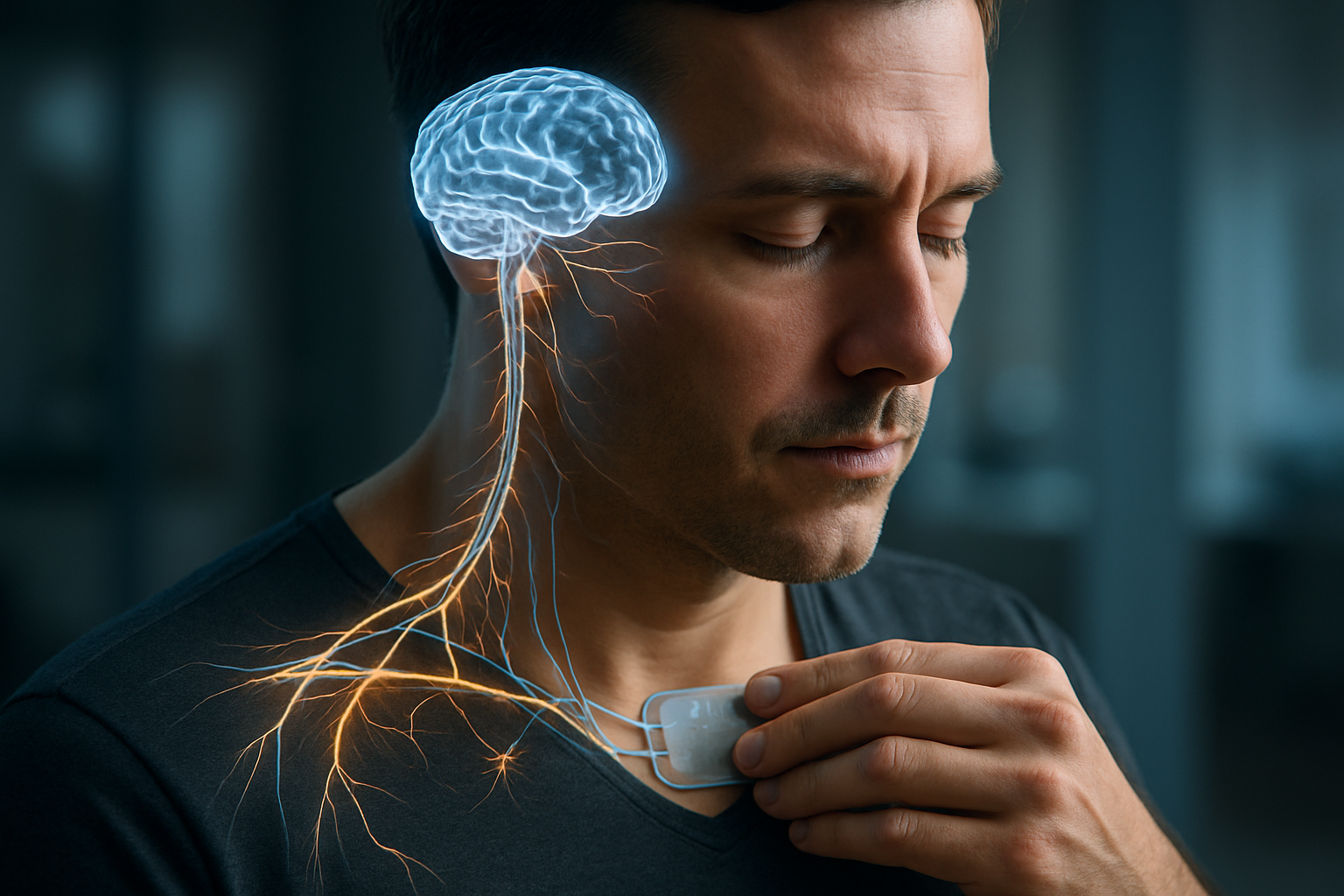Bioelectric Healing: The Body's Innate Regenerative Power
What if the key to unlocking our body's full healing potential lies within our own cellular electricity? Recent scientific discoveries are shedding light on the fascinating world of bioelectricity and its profound implications for regenerative medicine. This groundbreaking field is revolutionizing our understanding of health and offering new hope for treating previously incurable conditions.

The Science Behind Bioelectricity
At its core, bioelectricity refers to the electrical phenomena that occur within living organisms. Every cell in our body maintains an electrical charge, creating a complex network of bioelectric signals that play a crucial role in various physiological processes. These signals are not just byproducts of cellular activity; they’re active participants in regulating everything from embryonic development to wound healing and tissue regeneration.
The concept of bioelectricity isn’t entirely new. Scientists have long known about the electrical nature of nerve impulses and heart function. However, recent advancements in technology and molecular biology have allowed researchers to delve deeper into the bioelectric mechanisms at play in every cell of our body.
Bioelectric Fields and Regeneration
One of the most exciting aspects of bioelectric healing is its potential to enhance the body’s natural regenerative abilities. Studies have shown that manipulating bioelectric fields can stimulate tissue repair and even trigger the regrowth of complex structures.
For instance, researchers have successfully induced partial limb regeneration in adult frogs by altering their bioelectric signals. This groundbreaking work suggests that by manipulating the body’s electrical patterns, we might one day be able to regenerate lost or damaged tissues in humans.
Applications in Wound Healing
Bioelectric healing is already showing promise in accelerating wound healing. By applying specific electrical currents to wounds, researchers have observed faster healing rates and improved tissue regeneration. This approach could be particularly beneficial for chronic wounds that are resistant to traditional treatments.
The mechanism behind this enhanced healing involves the manipulation of ion channels in cells, which can influence cell migration, proliferation, and differentiation. By optimizing these bioelectric signals, we may be able to create more effective wound healing therapies that work in harmony with the body’s natural processes.
Combating Cancer with Bioelectricity
Perhaps one of the most intriguing applications of bioelectric healing is in the field of oncology. Emerging research suggests that cancer cells have a distinct bioelectric signature compared to healthy cells. By targeting and altering these abnormal electrical patterns, scientists are exploring new ways to inhibit tumor growth and potentially reverse cancerous states.
This approach offers a novel perspective on cancer treatment, focusing on the bioelectric properties of cells rather than solely on genetic mutations. While still in its early stages, this line of research could lead to less invasive and more effective cancer therapies in the future.
The Role of Bioelectricity in Brain Health
The brain, being an inherently electrical organ, is a prime target for bioelectric healing approaches. Researchers are investigating how manipulating bioelectric signals in the brain could help treat neurological disorders and enhance cognitive function.
One exciting area of study is the use of transcranial electrical stimulation to modulate brain activity. This non-invasive technique has shown promise in treating conditions like depression, anxiety, and chronic pain. As our understanding of the brain’s bioelectric landscape grows, we may develop more targeted and effective treatments for a wide range of neurological and psychiatric disorders.
Challenges and Future Directions
While the potential of bioelectric healing is immense, there are still many challenges to overcome. One of the primary hurdles is developing precise and non-invasive methods to manipulate bioelectric signals in specific tissues without affecting surrounding areas.
Additionally, the complex interplay between bioelectricity and other biological processes, such as gene expression and biochemical signaling, requires further investigation. As research progresses, we can expect to see more integrated approaches that combine bioelectric therapies with other cutting-edge medical technologies.
Ethical Considerations
As with any transformative medical technology, bioelectric healing raises important ethical questions. The ability to manipulate fundamental biological processes through electrical signals could have far-reaching implications for human enhancement and longevity. It’s crucial that as this field advances, we engage in thoughtful discussions about its ethical use and potential societal impacts.
Bioelectric Wellness: Harnessing Your Body’s Electrical Potential
-
Practice grounding: Walking barefoot on natural surfaces can help balance your body’s electrical charge.
-
Incorporate ion-rich foods: Consume foods high in electrolytes like potassium and magnesium to support cellular electrical balance.
-
Minimize electromagnetic exposure: Reduce time spent near strong electromagnetic fields to maintain your body’s natural bioelectric state.
-
Try pulsed electromagnetic field therapy: This FDA-approved treatment can support healing and reduce inflammation.
-
Explore bioelectric mapping: Some healthcare providers now offer bioelectric assessments to identify imbalances in your body’s electrical patterns.
As we continue to unravel the mysteries of bioelectricity, we stand on the brink of a new era in medicine. The potential to harness our body’s innate electrical healing mechanisms offers hope for treating a wide range of conditions and enhancing overall health. While there’s still much to learn, the field of bioelectric healing is undoubtedly one of the most exciting frontiers in medical science, promising to revolutionize how we approach health and healing in the years to come.





